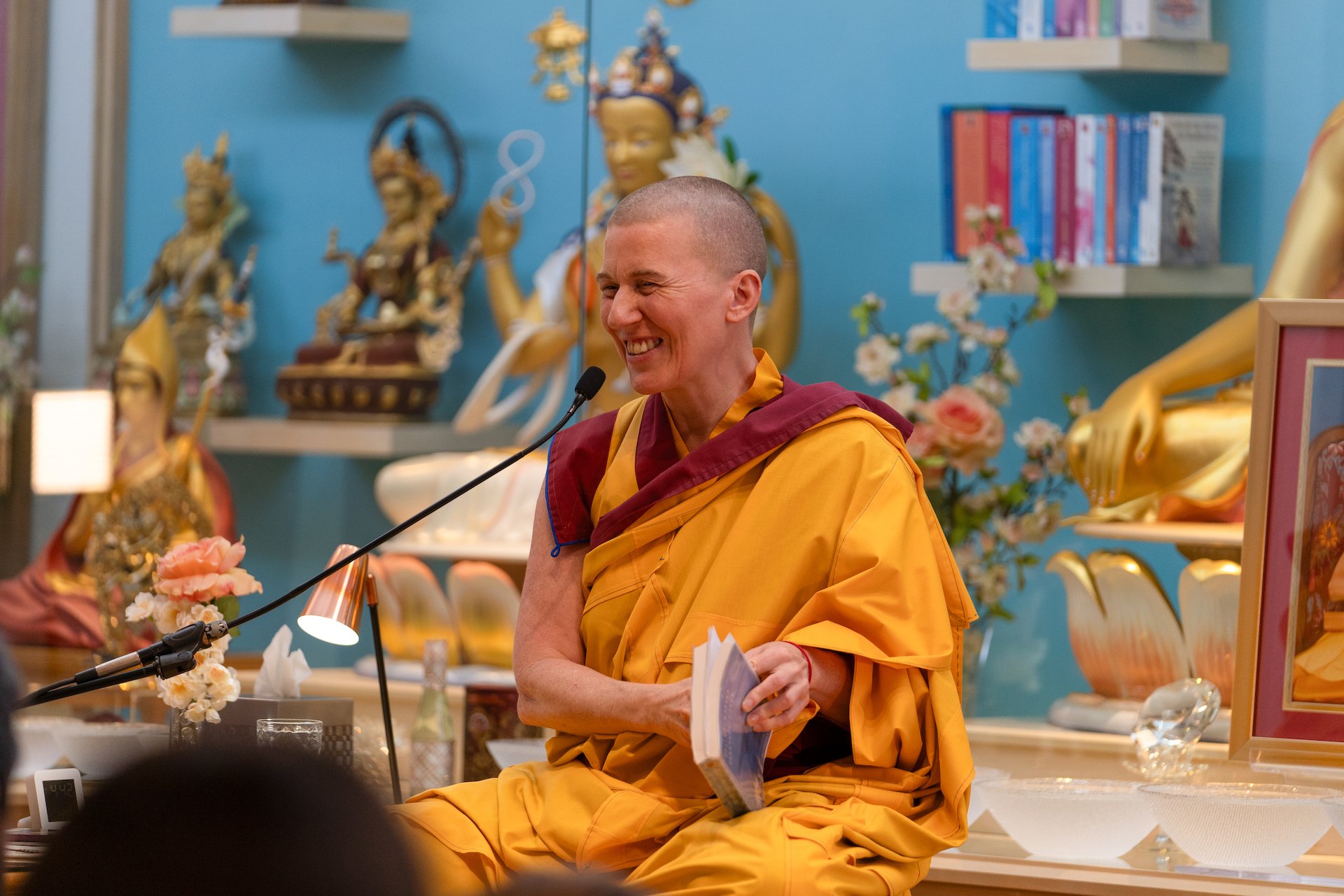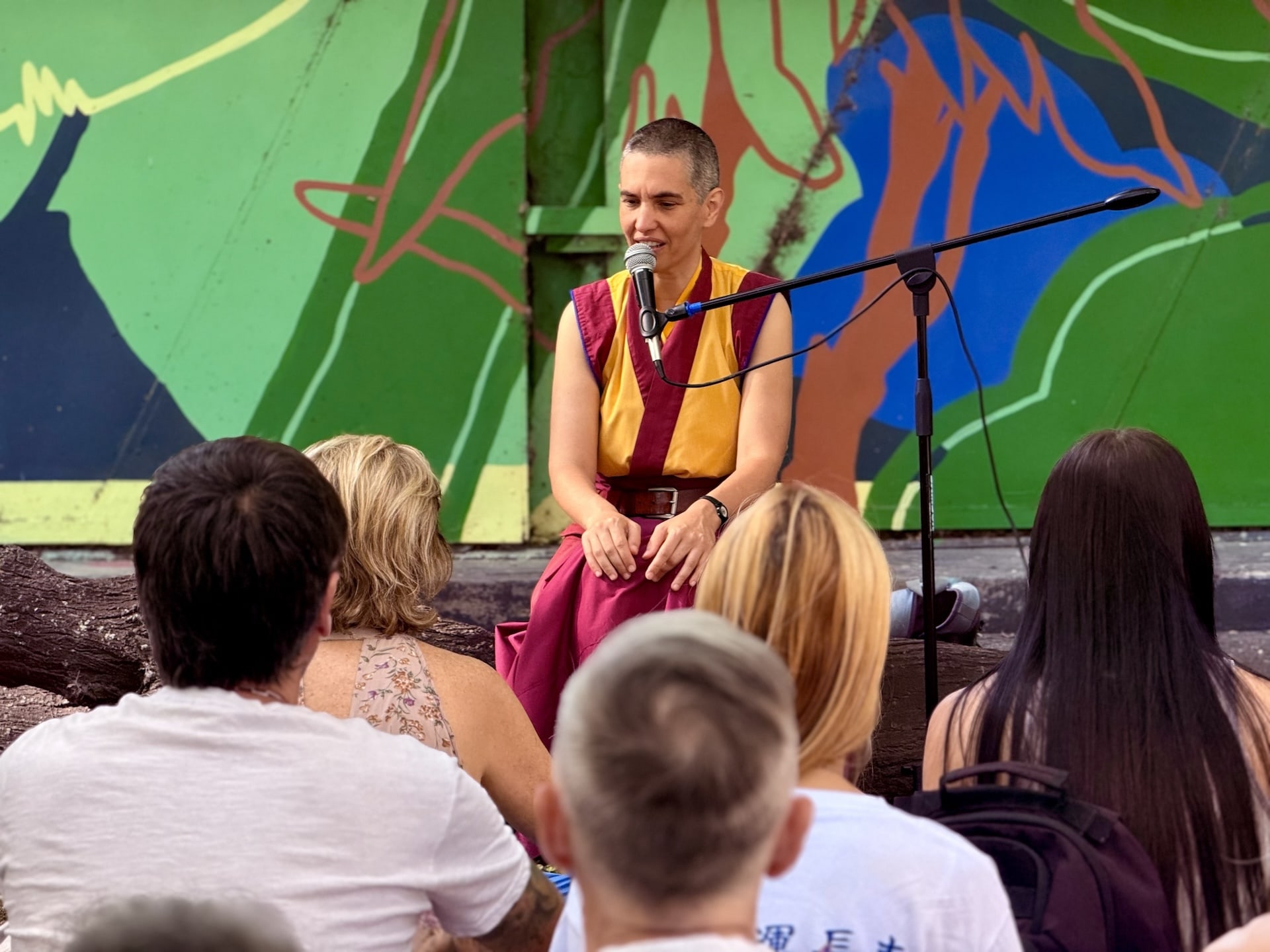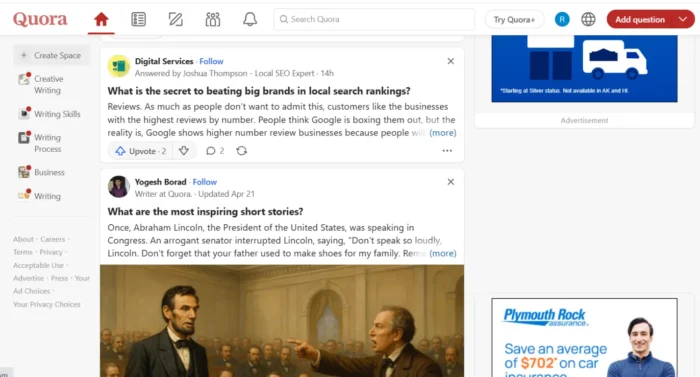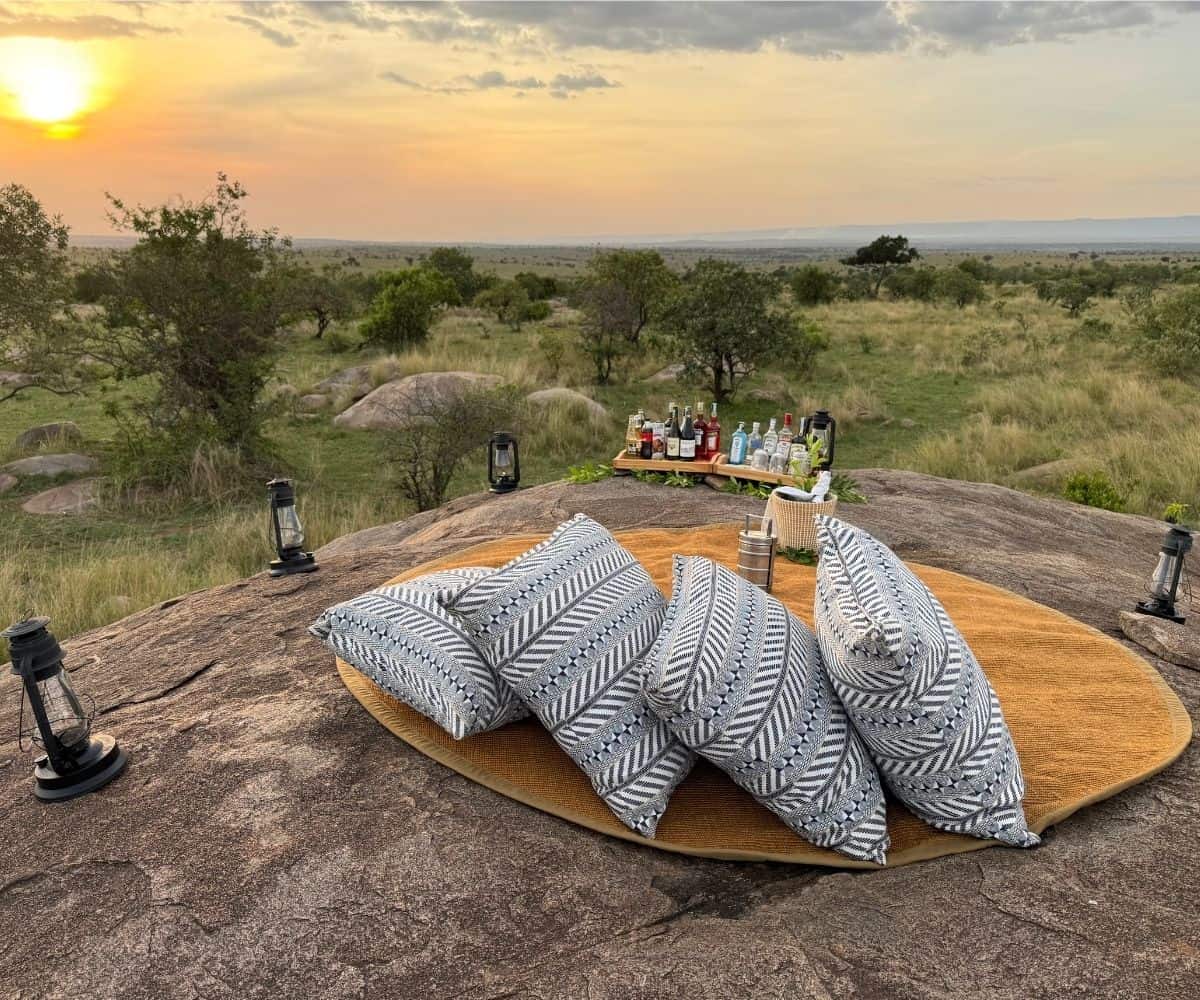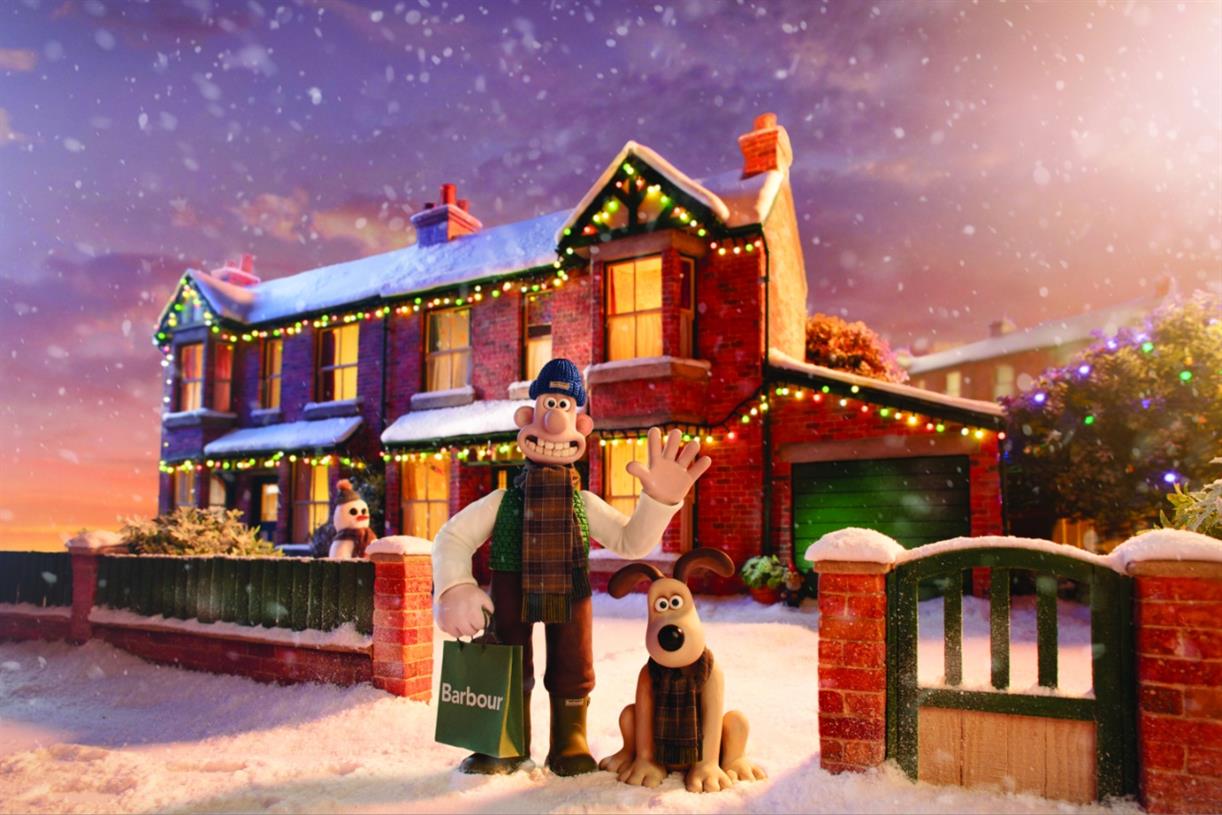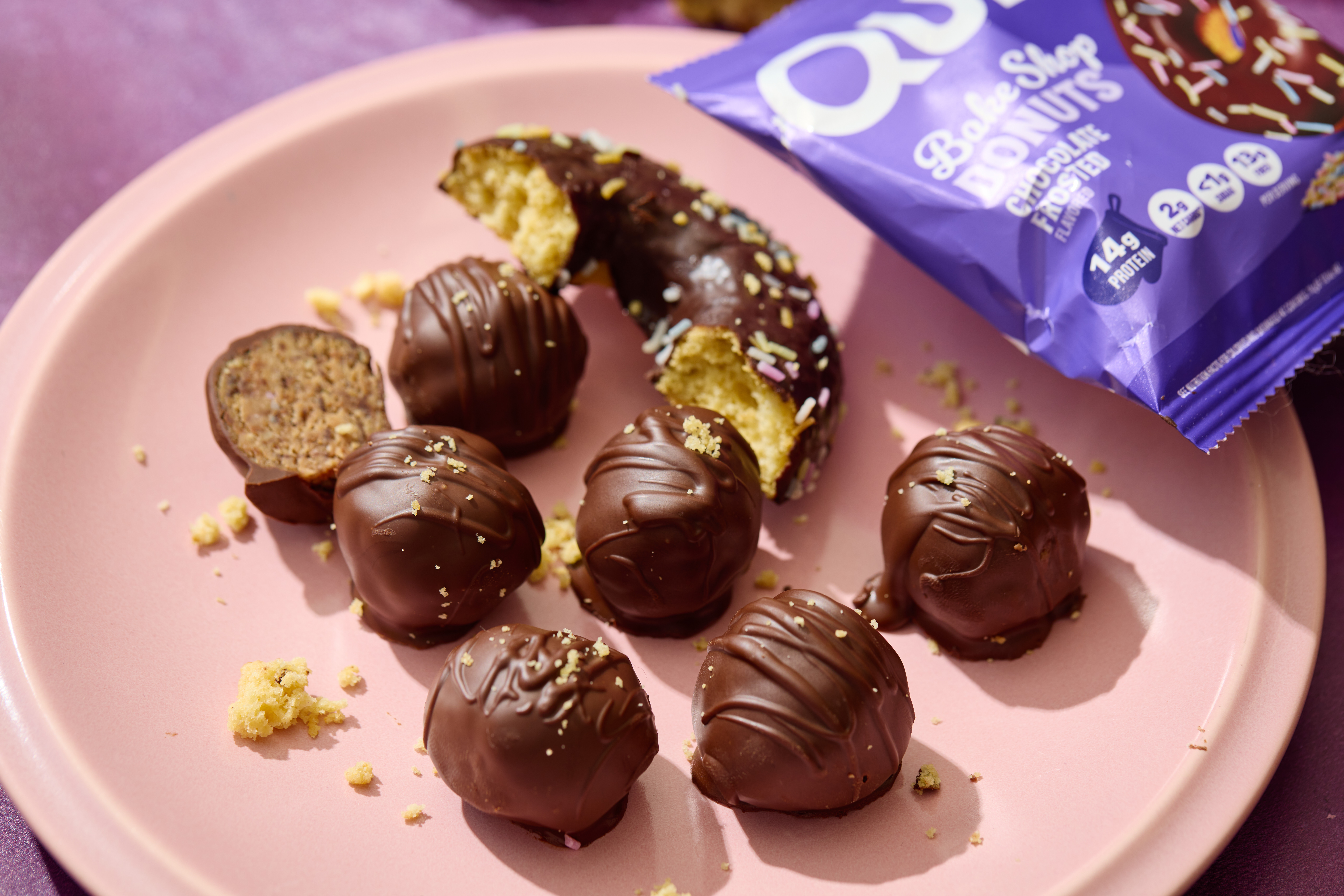The Opportunity of Fewer Toys: How Less Can Unlock More Joy for Your Kids
I remember the afternoon my youngest came home from preschool, her backpack spilling over with a new haul from the class toy exchange. There were glittery stickers, a plastic unicorn that lit up, and a handful of mismatched blocks...
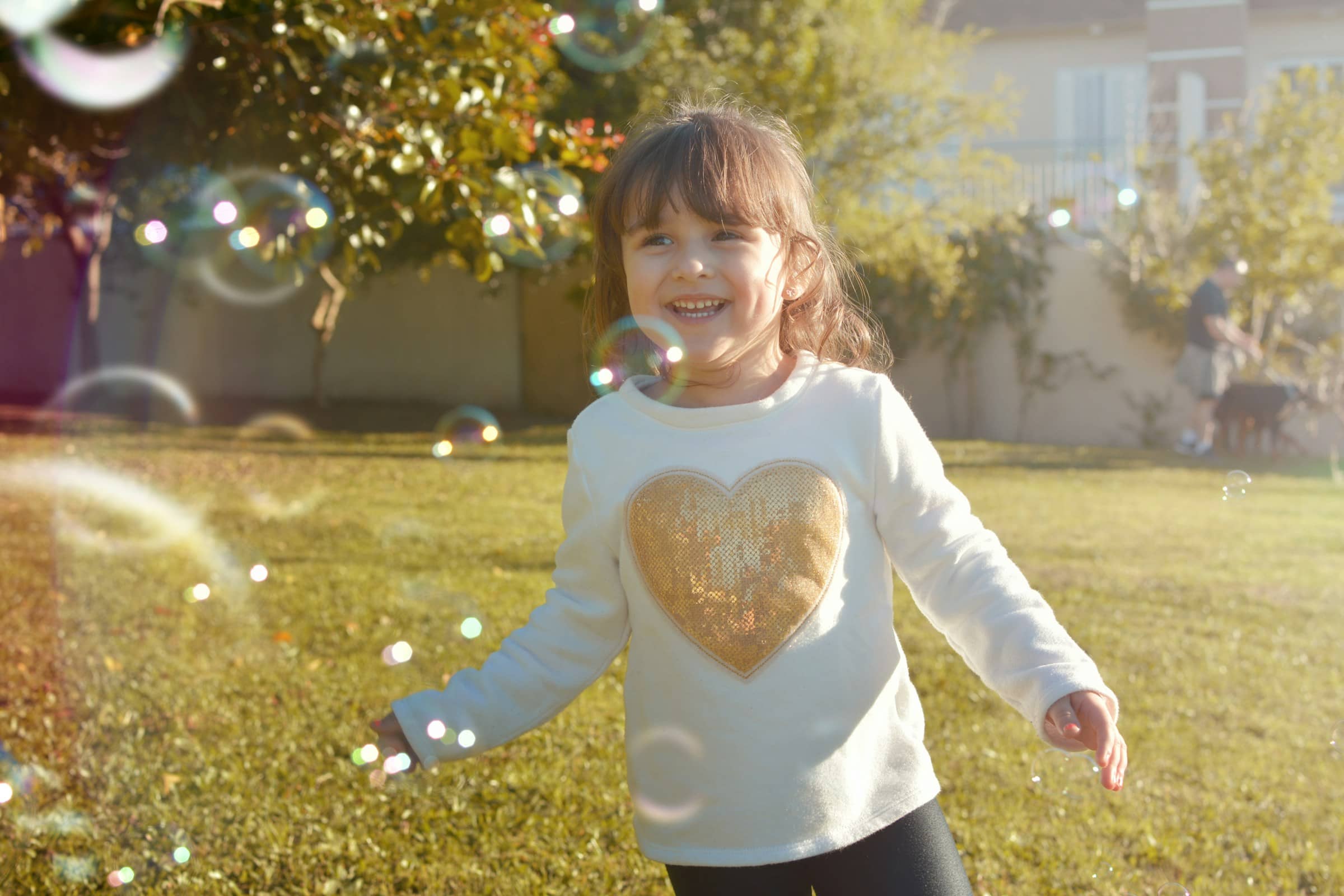

I remember the afternoon my youngest came home from preschool, her backpack spilling over with a new haul from the class toy exchange.
There were glittery stickers, a plastic unicorn that lit up, and a handful of mismatched blocks she’d claimed as her own.
She dumped them on the living room floor, and for a moment, the chaos felt like magic.
But as the days wore on, those treasures gathered dust beside the dozens of others we’d accumulated over the years.
The floor stayed a perpetual battlefield, and playtime devolved into a frantic shuffle from one shiny distraction to the next.
She wasn’t playing so much as browsing, her little face flickering with fleeting interest before boredom set in again.
That’s when it hit me: we’d been giving her abundance, but starving her imagination.
In our rush to fill her world with things, we were emptying it of the quiet space where real discovery happens. It’s a trap so many of us fall into, lulled by the cultural chorus that more is always better.
Commercials beam promises of endless fun from every screen, holidays swell with packages under the tree, and well-meaning relatives arrive bearing armloads of the latest must-haves.
The message is clear: love your child by loading up their shelves.
But what if that load is weighing them down? What if the path to deeper joy lies not in adding more, but in letting go?
Research whispers—and sometimes shouts—a different story.
A study from the University of Toledo, published in the journal Infant Behavior and Development, peered into playrooms divided by choice: one with just four toys, the other with sixteen.
Toddlers in the sparse setup lingered twice as long with each item, their play blooming into richer, more inventive episodes.
They stacked blocks into impossible towers, turned a simple truck into a spaceship, and wove stories that stretched far beyond the plastic confines of what was given.
These weren’t just longer sessions; they were deeper dives into creativity, where a single wooden spoon became a magic wand, a spoon that stirred potions or conducted symphonies.
The abundance next door? It scattered attention like leaves in the wind, shortening focus and stifling the spark that turns play into true exploration.
Why does this happen? Our brains, especially young ones, thrive on limits.
Too many options flood the senses, creating a kind of decision paralysis that echoes the adult version we feel scrolling endless feeds.
Kathy Sylva, professor of educational psychology at Oxford University, studied over 3,000 preschoolers and found that a large number of toys introduces a “distraction element,” pulling kids from deep engagement into superficial skimming.
When the toys multiply, play fragments.
But pare it back, and something remarkable unfolds: children start seeing possibilities in the ordinary.
A cardboard box isn’t just a container; it’s a fort, a boat, a time machine. Consider the numbers that paint our modern toy landscape.
The average American child receives about $300 worth of toys each year, fueling a market that topped $3.1 billion in infant and preschool sales alone back in 2013.
Fast-forward, and homes brim with an estimated 117 toys by the time a child reaches their teens.
Yet, a University of California analysis reveals the U.S., with just 3.1% of the world’s children, snaps up 40% of global toys. We’re outliers in our excess, and it’s showing up in subtler ways.
Children today play eight hours less per week than their counterparts two decades ago, a gap researchers link partly to the “lack of play” amid all this stuff.
Screens and schedules steal time, sure, but so does the clutter that demands constant cleanup, turning what should be a haven into a hassle. That clutter isn’t harmless.
It ramps up stress hormones like cortisol, not just for us parents tripping over Legos in the dark, but for the kids navigating the mess too.
A cluttered space signals chaos to a developing mind, eroding focus and fueling frustration. Imagine trying to build a sandcastle on a beach littered with debris—you’d spend more time dodging obstacles than shaping dreams.
For children, whose worlds are already a whirlwind of new sensations, this overload can quiet the very curiosity we hope to nurture.
Decluttering isn’t about austerity; it’s about carving out calm where growth can root.
What emerges in that cleared space is profound: a surge in social connection. With fewer solo distractions, kids turn outward.
They invite siblings into the game, negotiate roles in a pretend adventure, or simply sit side by side, mirroring each other’s block towers.
The Toledo study noted fewer toy switches meant more sustained interactions, even when playing alone—children talked to their dolls longer, narrated their worlds with fuller voices.
And when others join? Bonds deepen.
A German kindergarten experiment stripped the room of all toys for three months, and what bloomed was “wildly imaginative play,” with kids crafting games from sticks and shadows, their conversations flowing freer than before.
In scarcity, they found each other.
Less time wrestling bins of forgotten gadgets means more moments for us to join the fun—reading aloud on the rug, or stepping outside to chase fireflies with nothing but wonder as our guide.
One mother I know rotated her kids’ toys weekly, pulling from a pared-down collection of favorites.
The result? Evenings stretched longer, laughter echoed louder, and the house felt less like a warehouse, more like a home.
We’re not just simplifying their play; we’re simplifying ours, trading exhaustion for presence.
But let’s be honest—this isn’t easy. The world tugs us toward excess, equating stuff with success.
Birthdays become unboxing marathons, and “just one more” slips in like an uninvited guest.
Yet, here’s the gentle challenge: what if we reframed gifts as gateways to experience?
Suggest family memberships to a local museum, or tools for a shared garden project.
Or lean into the power of rotation: store half the toys out of sight, cycling them in like fresh discoveries.
Watch how the familiar becomes new again, how a wooden puzzle outshines the flashiest gadget after a hiatus.
Start small, with grace for the mess-ups.
Gather your child on a quiet afternoon and sort together—not as a chore, but a treasure hunt for what truly lights them up.
Donate the rest with a story: “This will make another kid’s day as bright as yours.” Involve them in the choice, and you’ll plant seeds of gratitude that outlast any toy.
For deeper dives into crafting calm spaces, resources like Joshua Becker’s guide to clutter-free family life offer practical wisdom that feels like a warm conversation over tea.
As we pare back, something sacred stirs. Your child, unburdened by options, begins to trust their own ingenuity.
They solve puzzles not because a screen tells them how, but because they’ve learned the thrill of trial and wonder.
They connect not through gadgets, but through the raw rhythm of shared stories.
And you? You witness it all with clearer eyes, your heart quieter, fuller.
Fewer toys don’t diminish their world—they expand it, inviting a life where joy isn’t bought, but built, one imaginative leap at a time.
It’s about raising resilient souls who know abundance isn’t in accumulation, but in attention. Who chase meaning over merchandise, depth over distraction.
And as they grow, they’ll carry that forward—not as rules, but as rhythm: a life tuned to what matters, alive with possibility.
Isn’t that the greatest gift we can give?

 Lynk
Lynk 










